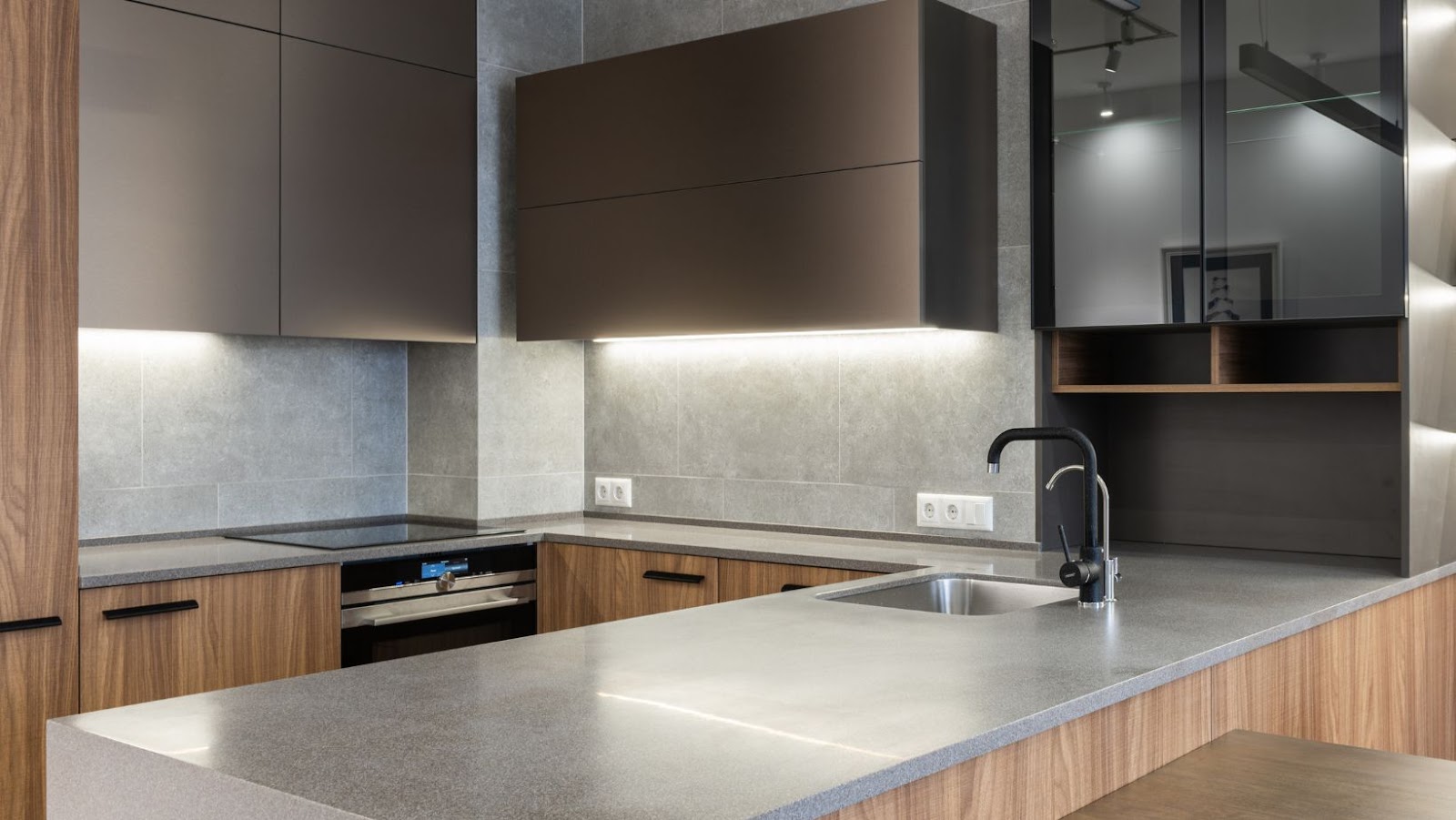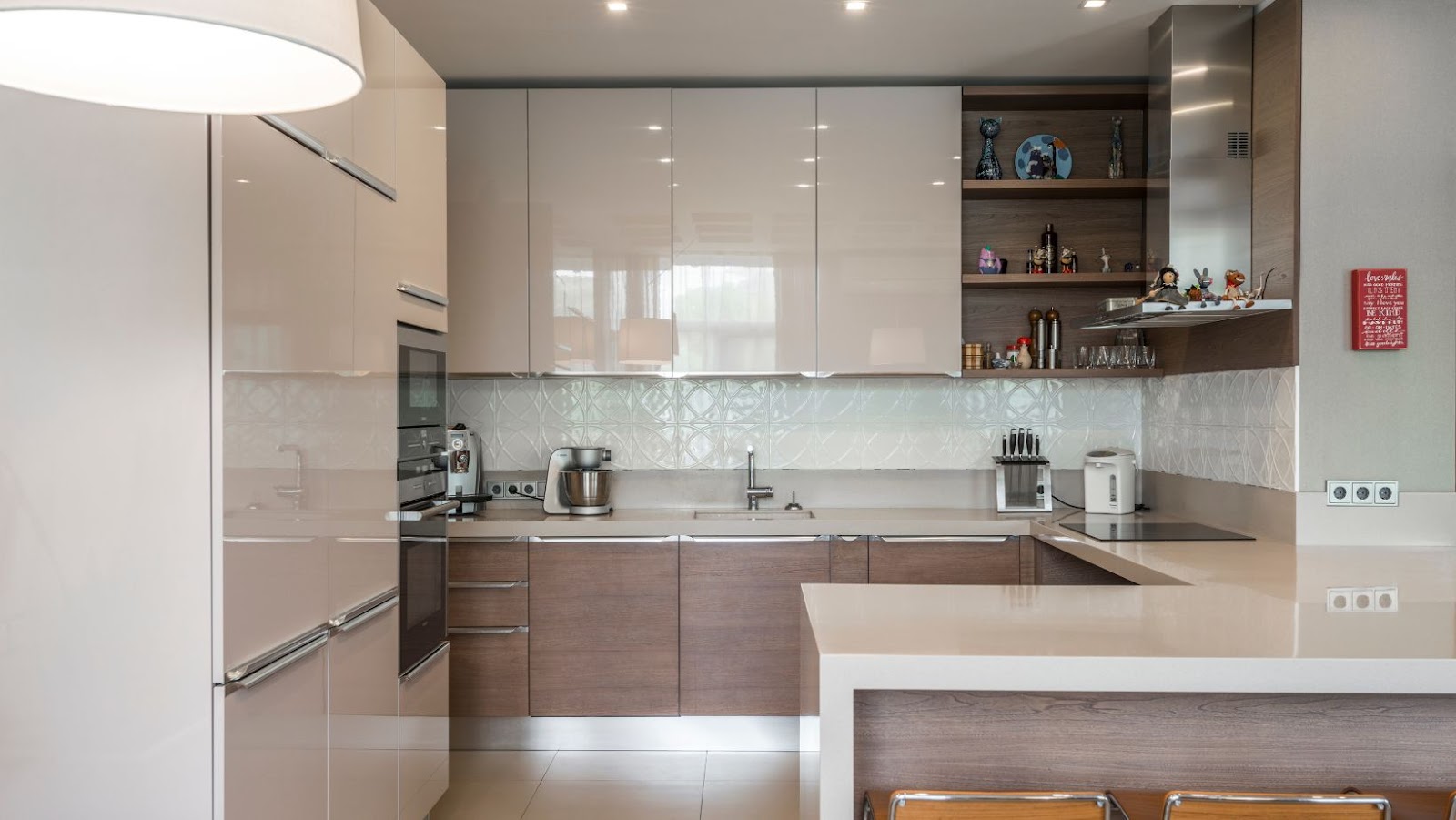Any homeowner who experiences water damage knows how terrifying it can be, and it can be especially upsetting when it happens in the kitchen—the hub of your home. Many residents of flood-prone places like Clearwater, Florida, must deal with the possibility of water damage due to burst pipes, leaking appliances, and extreme weather occurrences.
More than 1,288 properties in Clearwater Beach alone are predicted to have an additional 26% chance of being seriously impacted by flooding over the next three decades, as reported by Risk Factor. Given these figures, it is crucial to know how to restore your kitchen after water damage and secure your home against repeat occurrences.
This thorough guide will cover how to repair water damage to your kitchen using realistic tips, tricks, and professional guidance.
Discover a Reputable Water Damage Restoration Company
A trustworthy water damage restoration firm has the expertise, equipment, and understanding to assess the damage and provide workable solutions. Your kitchen can be returned to its original condition using cutting-edge drying procedures. These experts also focus on safety issues throughout restoration.
Examine a water damage restoration company’s credentials and certifications before hiring them. Look for firms certified by reputable organizations like the IICRC, indicating adherence to industry standards and expertise in handling water damage restoration projects.
Reading customer reviews and testimonials is recommended to assess a company’s reputation and customer satisfaction. Platforms like Yelp, Google reviews, and the company’s website offer valuable insights into service quality and past customer experiences.
Additionally, knowing your area’s average kitchen remodeling cost sets realistic expectations and helps find competitively priced companies. For instance, in Clearwater, FL, where the average kitchen remodeling cost is $23,571.00 in 2023, according to Manta, factoring this in when evaluating restoration quotes is beneficial. This approach helps you find the best Clearwater water damage restoration company that meets your restoration needs and fits within your budget.
Ensure Safety

Before stepping into the affected area, take the necessary precautions to prevent potential hazards. Start by turning off the electricity and gas supplies to eliminate the risk of electrical shocks or gas leaks.
Additionally, wearing protective gear is essential to shield yourself from contaminants and possible health risks. Put on sturdy gloves to protect your hands from sharp objects, potential mold, or harmful chemicals. Wear boots with non-slip soles to prevent accidents on wet surfaces, and consider using masks to avoid inhaling any airborne particles or mold spores.
Remove Standing Water
The longer water remains stagnant, the greater the risk of further damage and the potential for structural issues. To address this, employ effective water removal methods such as using pumps, wet/dry vacuums, or buckets.
- Pumps can handle larger volumes of water and are particularly useful for significant flooding.
- Wet/dry vacuums are versatile and can be used on various surfaces, including carpets and hard floors.
- Buckets can also be employed for smaller areas or as a temporary solution until more specialized equipment is available.
Dry Out the Area
To achieve this, utilize dehumidifiers, fans, and open windows to enhance air circulation within the space. The goal is to reduce humidity levels and eliminate excess moisture from the air.
Remove any wet items, such as carpets, rugs, and furniture, and relocate them to a well-ventilated area for thorough drying. It’s essential to be patient during this process, as it may take several days or even weeks to completely dry out the kitchen, depending on the extent of the water damage. Monitor the area regularly and ensure that all surfaces, including floors, walls, and cabinets, are completely dry before proceeding with repairs or renovations.
Assess Damage
Take the time to carefully inspect all areas affected by the water, including cabinets, countertops, flooring, and walls. Look for signs of warping, swelling, discoloration, or structural instability.
Pay attention to hidden areas, such as behind cabinets or under flooring, as water can seep into these spaces and lead to mold growth. Take note of any appliances or electrical systems the water may have damaged.
Clean and Disinfect

Begin by removing any debris, dirt, or mud that may have accumulated due to the water.
Use water and mild detergent to thoroughly clean all surfaces, including countertops, cabinets, walls, and floors. Scrub away any visible stains or residues. Pay close attention to corners, crevices, and hard-to-reach areas, as they are more susceptible to mold growth.
After cleaning, disinfect the entire kitchen to eliminate any bacteria, viruses, or mold spores that may have developed due to the water damage. Focus on high-touch surfaces such as doorknobs, handles, switches, and faucets. Additionally, consider using a mold and mildew remover on areas prone to mold growth, such as grout lines and caulking.
Fix Flooring
Depending on the type of flooring you have, there are various approaches you can take. If you have hardwood floors, remove any standing water and thoroughly dry the area. Once dry, assess the damage.
If the hardwood is severely warped or swollen, it may need to be replaced. In less severe cases, sanding and refinishing the floors can help restore their appearance.
For tile flooring, inspect the grout lines for any signs of damage. If the grout has been compromised, regrouting may be necessary. In cases where individual tiles have been damaged, replacement may be required.
Vinyl or laminate flooring is more susceptible to water damage, so you might need to remove and replace the affected sections.
Paint and Seal
Painting enhances your kitchen’s overall aesthetics and helps create a clean and refreshed appearance. Choose a high-quality paint specifically formulated for kitchens and bathrooms to ensure durability and resistance to moisture.
Consider applying a waterproof sealant to protect your walls and ceilings from future water damage. A waterproof sealant forms a protective layer that repels water, making cleaning and maintaining your kitchen in the long run easier.
Conclusion
Restoring a kitchen after water damage can be daunting, but with the right tips and approach, it is possible to bring your kitchen back to its former glory. By promptly addressing the issue, assessing the extent of the damage, and seeking professional help if needed, you can minimize long-term effects and prevent further complications.
Remember to prioritize safety, thoroughly dry the affected areas, replace damaged materials, and take preventative measures to avoid future water damage. Don’t let water damage dampen your spirits—take action, restore your kitchen, and return to enjoying your home’s heart.

